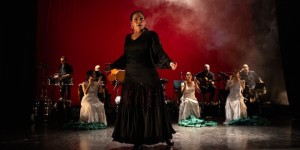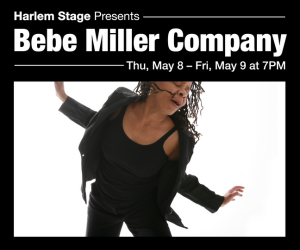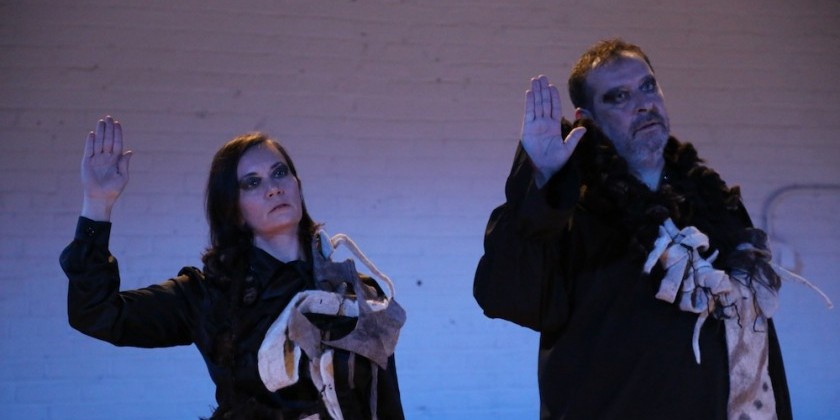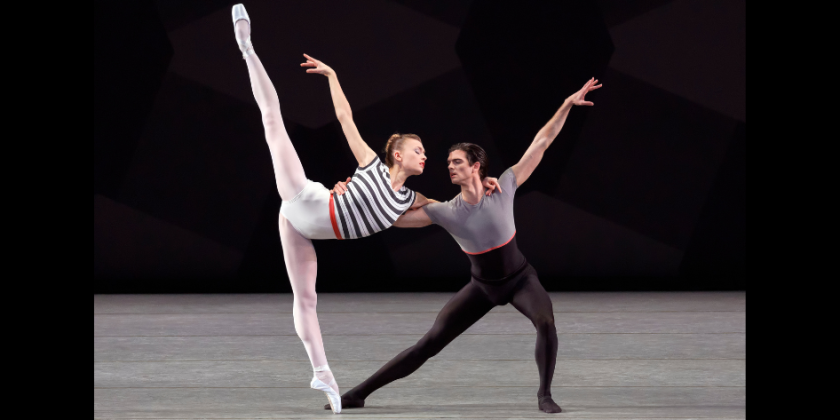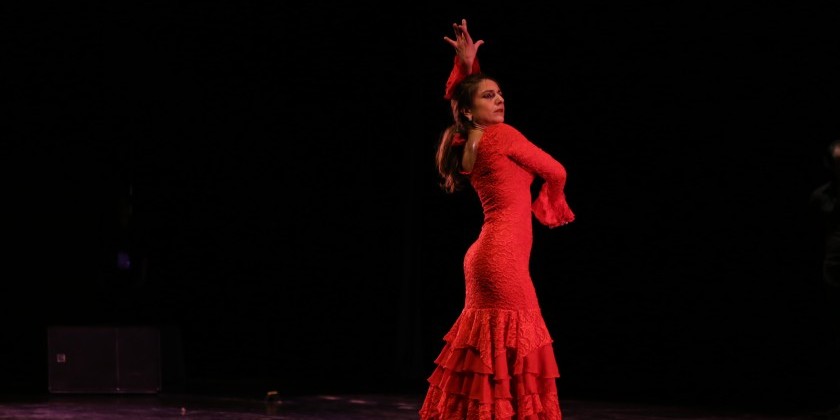IMPRESSIONS: WALLIE WOLFGRUBER AND COMPANY

Wallie Wolfgruber and Company at Abrons Arts Center, Henry Street Settlement- NYC- Friday March 5th 2010
Choreography and Earth Installation: Wallie Wolfgruber
Music: Nico Muhly
Lighting Design: Gregory L. Bain
Dancers: Rebecca Bliss, Michael Blake, Janet Forward, Ryoko Kudo, Gabrielle Lamb, Jake Laub, Daniel Madoff, and Kelly Slough
More, more, more….
Wallie Wolfgruber, though her name is not bandied about in trendy dance circles, is known for stunning dancing, passionate choreography, impressive lineage (having danced for two of our fields important contemporary artists, Lar Lubovitch and Ohad Naharin) and the ability to attract highly talented performers to create with her. An insiders’ secret. When I think of her past work (and it has been too long since I have seen her) I recall intelligence coupled with provocation, vulnerability and maturity. Great stuff. There is something fascinating about Wolfgruber’s inner life that she attempts to share in her work. You want more.
I rushed into the theater to see the World Premiere of Sacred Things with a sense of anticipation. I was intrigued by the theme of the evening, which according to the publicity postcard was “reclaiming our vital connection to the Earth and our physical bodies.” The advertising photos were also very compelling -- nude women in a sleeping embrace -- fleshy, breathing curves of white resting in an uncultivated green field. There was also a picture of the body abstracted in nature – arcs and lines of flesh covered in grains of polished soil -- both intriguing photo essays by Wolfgruber and Lisa Gillette.
After taking in that clearly articulated concept and those pictures, I was confused by much of the lovely, lovely dancing that I encountered. It was all so accomplished, full, well-donem and very polite, how completely incongruous with my picture of what the evening promised.
Dream Support, a quintet, the second piece of three presented, brimmed with well-crafted phrases: falling and rising, spinning leaping, lifting and curving. Some lifts saw Ryoko Kudo gracefully standing in the air, hovering, while supported by her mates. Yet, even if she fell, we knew she would always get caught, and with easy facility too. Where was the grit? Where was the danger, the risk, inherent in nature and love, that necessitates support? Where was the dynamism of the undomesticated fields? Where was the urgency to reconnect to the body that we have lost? Where were these attractive dancers leading me? How did they feel about what they were doing? What did Wolfgruber want from them?
I was confused.
The dancers were adroit, each gorgeous in his/her own right, but Michael Blake, who appeared in the last section of the evening, was the person who caught my undivided attention. He radiated energy into the space and to his duet partner. I felt his presence.
Some of the costume choices distracted me. In the last section, Ingress, we traveled from an almost naked trio: two men and one woman in g-strings (which I thought was brilliantly begun and too brief); to women dancing in white shorts and white ruffled sleeveless tops; to men dancing in white shorts and loose velveteen purple blouses.
Why, in a dance about the sacred body, would you hide the men’s torsos in baggy purple? Why these dainty lingerie-like ruffles on the women? I was longing for some man/woman power, longing to see skin and form -- the sacred body perhaps with some mud on it, unruffled in space.
Hatch, Wolfgruber's signature solo from (1996) opened the evening, this time performed by ballerina soloist Gabrielle Lamb, a member of Morphoses Company. Danced in a fleshy colored leotard that reveals the artists body almost completely, the piece evokes the vulnerability of a newborn, the innocent pull to life that is fragile yet exceptionally potent.
Wolfgruber captures this longing for life in her minimal choreography set against the romantic andante section of Schubert’s Piano Sonata in A. With turned in legs, her toes and knees seemingly bound together, the soloist performs delicate undulating arm gestures and stretching body movements suggesting emergence from a womb or egg. It is a challenging piece requiring more nuance and subtlety than a larger movement filled work. In this piece, so identified with Wolfgruber, Lamb did a fine job.
My favorite section of the evening was the last, Ingress, which tantalized with evocations of wildness. It began with projections of Wolfgruber's nature shots on a scrim. (I could have looked at those for a long while.) I noticed that there was movement going on behind the scrim, but I really didn’t care, I loved the quiet softness of the images and the environment that began to emerge. I felt my anticipation returning.
As the scrim lifted, the three almost nude dancers were revealed, seemingly playing with the air. Just as my eye started to become curious about who they were and what they were doing, the lights faded and we were onto the next set of more dancey events — again, beautiful, but somehow, docile.
Then, a wonderful surprise. In what seemed like an instant, an installation of the nude women in the grass replicating the publicity photo appeared, but oh so far away from us, way, way in the upstage right corner-- alluring and disappointingly unreachable.
A little old lady from the Lower East Side, (I had time to figure out her accent as she had been speaking to her friend just behind me throughout the show) exclaimed, “Hey, that’s the pose from the pic cha.” Then immediately, as if from her verbal cue, Lights Out. The End. Hmmm…
I needed more.
I read later in the program notes that Sacred Things is an open ended and ongoing project, so we can look forward to some unrestrained and profane nature in the future. Think of the earthquakes Haiti and Chile have just experienced. It is because of the terror of those events that we can appreciate grace and support when mother nature gives it. Think of our computer and smartphone driven world, now more than ever we need to connect to our bodies. We need more.
We need to discover and appreciate the lands where sacred things live. I suspect with the many gifts they are blessed with, Wolfgruber and Company can dare to take us on this journey.







